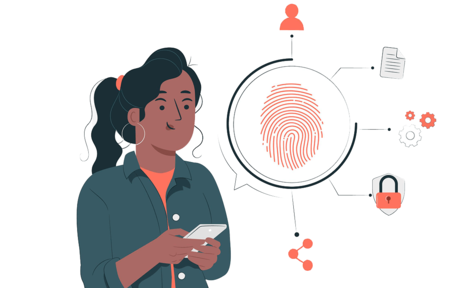Congratulations! Your business has been approved for a merchant account. That's a huge step toward accepting electronic payments and growing your business. But getting approved is just the beginning. The next phase is all about setting up your systems, understanding your new responsibilities, and ensuring you're ready to start processing transactions smoothly and securely.
This guide will walk you through the essential next steps after receiving your merchant account approval, from integrating your payment gateway to navigating your first chargeback.
Step 1: Integrating Your Payment Gateway and System
Now that you have an account, you'll need to connect it to your business. This usually involves integrating a payment gateway with your website or setting up a virtual terminal or point-of-sale (POS) system. Your provider will give you the necessary API keys and credentials. This is a critical step, so don't hesitate to reach out to their support team if you need help with the technical setup.
Step 2: Understanding Your Pricing and Statements
Take the time to review your contract and understand your specific pricing model. If you're on a model like interchange-plus pricing, you'll see a breakdown of fees. Learn how to read your monthly statements so you can easily identify transaction fees, processing fees, and any other charges. This knowledge is key to managing your finances and forecasting costs.
Step 3: Prioritizing PCI Compliance
PCI compliance isn't a suggestion—it's a requirement to protect your customers' cardholder data. After approval, you'll need to complete a Self-Assessment Questionnaire (SAQ) and ensure your business's network and systems meet the security standards. Your provider can guide you through this process and help you maintain compliance year after year.
Step 4: Preparing for Chargebacks and Fraud Prevention
Chargebacks are a reality of accepting credit card payments. Get a plan in place for how you'll respond to them. Your provider's portal will likely have a dashboard for monitoring chargeback disputes. You should also set up fraud prevention tools, such as Address Verification Service (AVS) and Card Verification Value (CVV) checks, to reduce your risk.
Get a quick recommendation
Are you already processing credit card payments?




